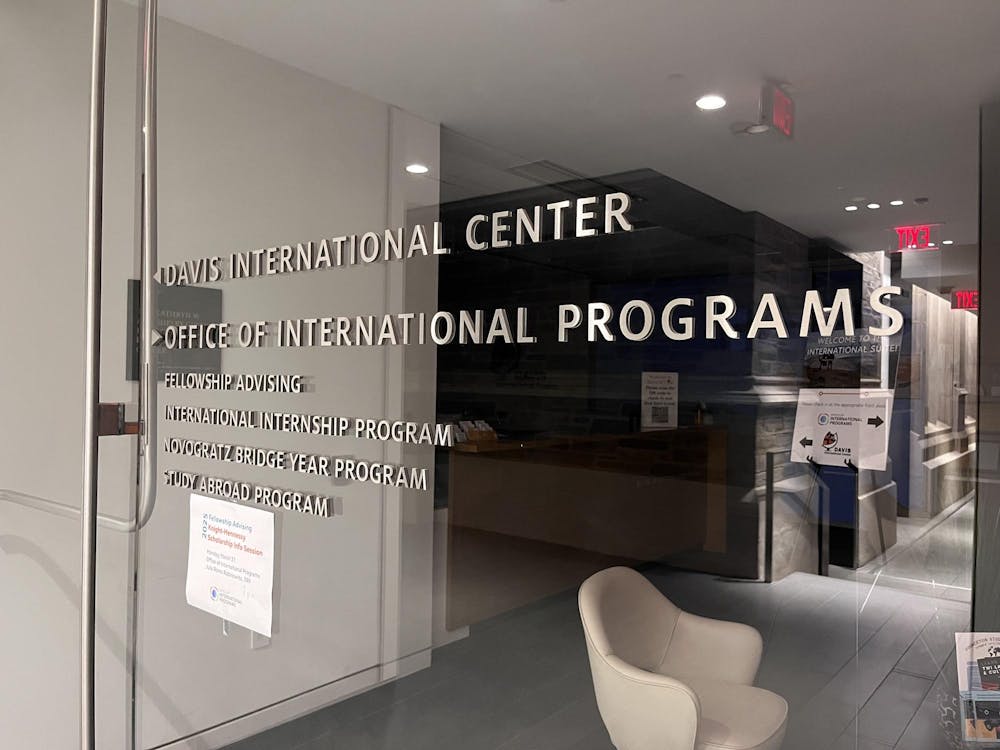Princeton placed eighth in the Times Higher Education (THE) magazine world-wide rankings of universities, which were released on Thursday.
Harvard is named the best educational institute in the world for the sixth year in a row, followed by the University of Cambridge, Yale and University College London. Imperial College London and University of Oxford tie for fifth, while the University of Chicago comes in just ahead of Princeton in seventh place.
MIT and the California Institute of Technology round out the top 10.
The United States is home to 54 of the top 200 universities on the survey, followed by the United Kingdom with 29, Canada and Japan with 11 each, and Germany with 10. China has six institutions on the list, while India has two.
The rankings were based on four main criteria: high-quality research, high-quality teaching, high graduate employability and an international outlook. Factors considered included citations of academic publications, staff-to-student ratios and the number of staff and students recruited from abroad. Nearly half of the final score comes from surveys given to university academics and graduate employers.
Harvard received an overall score of 100 points, while Yale came in with a score of 99.1 and Princeton with 96.6.
In rankings broken down by criteria, Princeton placed fifth in the natural sciences, sixth in arts and humanities, ninth in social sciences, 23rd in engineering and information technology and 27th in life sciences and biomedicine.
This is the sixth year the magazine has published a ranking of world universities. In 2004, 2005 and 2006, Princeton placed ninth on the list. It rose to sixth place in 2007 before dropping to 12th last year.

A total of 9,386 academics and 3,281 employers responded to the 2009 survey distributed by THE. Forty percent of the score comes from academic peer review, while 20 percent is determined by research based on citations in academic publications. An institution’s staff-to-student ratio accounts for 20 percent of the score, while another 10 percent comes from a survey of graduate recruiters for major employers. The last five percent is based on the number of staff and students recruited from abroad.








